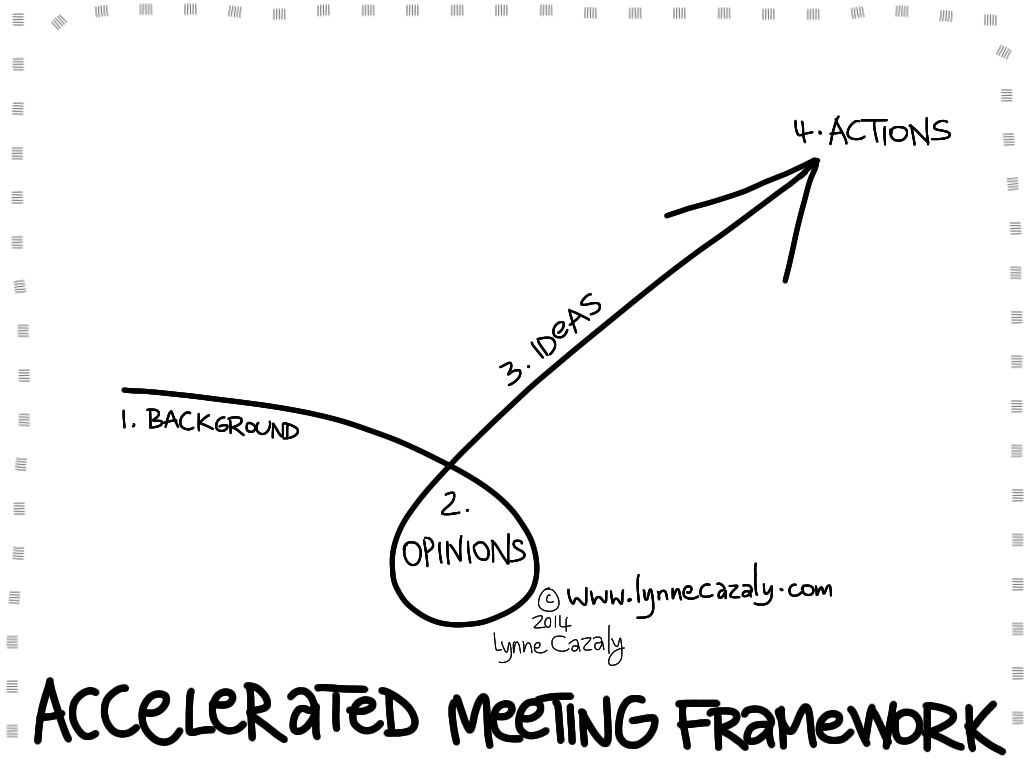12 things to do when leading HYBRID groups
 Saturday, October 24, 2020 at 11:45AM
Saturday, October 24, 2020 at 11:45AM When some people are here and others are offsite or in another location, don’t just wing it, or bumble through it.
Plan for it, and be ready to adapt.
These are the things I prepare, consider and address when I’m training or facilitating, to bring a team or group together who are spread over several locations.
It’s not everything but it’s many things. They take into consideration that we are all humans, just trying to do the best we can - often under some tricky or less then perfect conditions.
The 12 things:
Plan - what is it
Tools - which ones
Structure - what am I following
Tech - what are we using
Activities - which ones
Questions - what will I ask
Techniques - what will I do if...
Input - how will I collect it
Visualize - how will I show it
Warmth - how will I convey it
Adapt - am I willing to
After - then what...
This is my checklist for a meeting or workshop and I don’t ‘take off’ without having considered or prepared them.


















